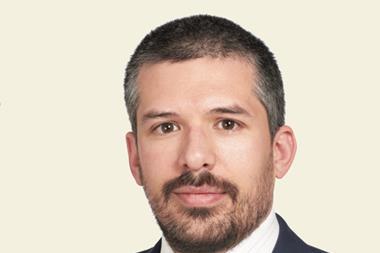As a new year and a new decade begin, asset owners globally are still likely to feel the weight of geopolitical events on global corporate earnings, which, from these valuations, is likely to limit the extent of further upside in risk markets.
The return of inflation isn’t the most likely risk to face in 2020. However, it is worth considering because it would limit the ability of central banks to continue to pursue aggressive pre-emptive supportive monetary policy.
We live in a world where record-low interest rates and years of asset purchases by central banks have led to ultra-low bond yields. This means that the lower-risk investments that helped produce an income for previous generations simply do not offer high enough returns to grow their money.
In 2019, many central banks, including the US Federal Reserve, cut interest rates rather than raise them. The economic map for 2020 is far from clear, but this low-interest-rate environment looks set to persist in 2020.
Returns seekers may need to adjust their expectations and be prepared to invest for longer and spread their investments more. Risk assets had an optimistic 2019, but stagnating earnings growth means valuations now look less supportive.
Still, this could be the right time to consider some allocation to global infrastructure or other real assets, which not only provide favourable income and diversification characteristics, but also offer a buffer against inflation risks.
It is expected that the focus on sustainability and impact investing will continue to grow, with potential regulatory and policy responses having wide-ranging investment implications.
For pension funds, impact investing is not only investment with a conscience, it’s a stable financial choice that shows steady returns and weathers wider market fluctuations.
Venilia Amorim, editor, IPE.com
venilia.amorim@ipe.com



















No comments yet